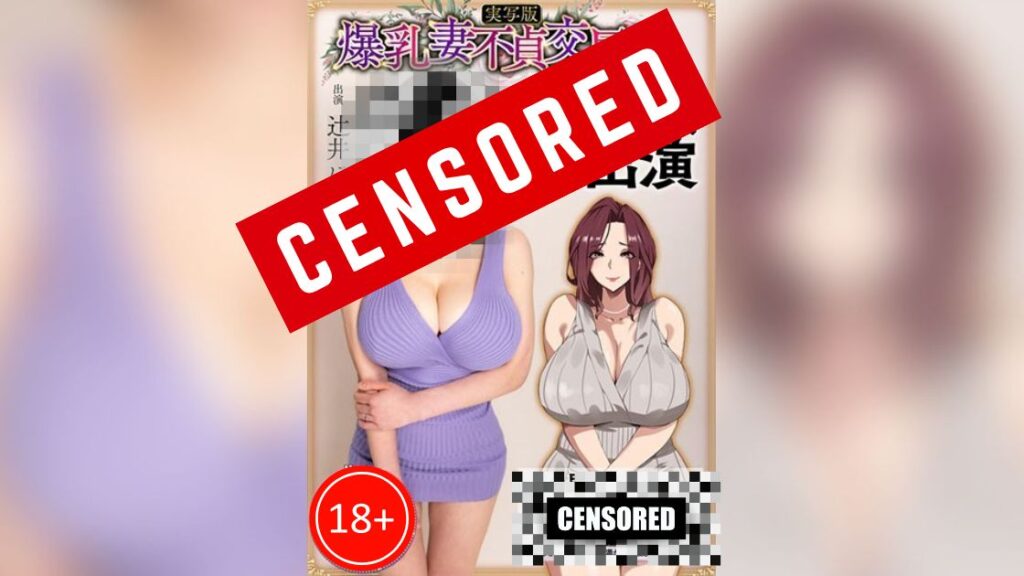Japanese adult videos (AV) are censored due to strict legal and cultural restrictions in Japan. Stemming from Article 175 of the Japanese Penal Code, these laws classify explicit depictions of genitalia as obscene, requiring censorship through pixelation or mosaics. This practice reflects a balance between preserving traditional values and adapting to modern entertainment demands. While the reasoning may seem puzzling to outsiders, it’s deeply tied to Japan’s unique history and societal norms, setting its adult industry apart globally.
Understanding Japanese AV and Its Significance
The world of Japanese adult video (AV) is unlike elsewhere. It’s a unique part of Japanese culture with its rules, traditions, and societal implications. To explore why Japanese AV is censored, we first need to understand what AV is and why it remains significant to Japanese society.
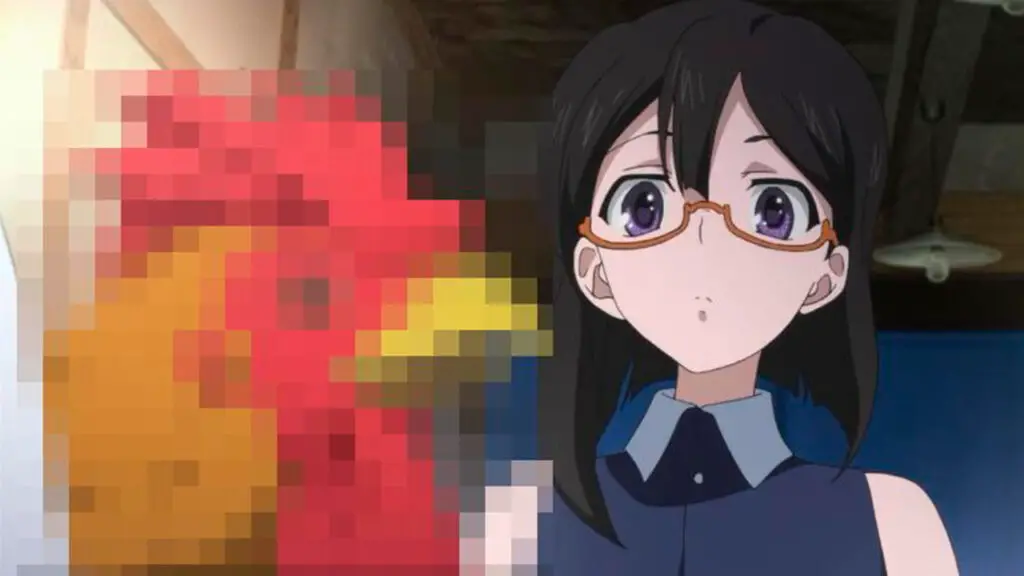
What is Japanese Adult Video (AV)?
Japanese AV, or adult video, refers to adult films created and distributed in Japan. Unlike its Western counterparts, AV focuses as much on storytelling and emotional engagement as it does on the act itself. The films are often crafted to be immersive, catering to a wide array of tastes and fantasies.
Some key characteristics that make Japanese AV distinct include:
- Pixelated Genitalia: Legal restrictions mandate censorship through mosaic pixelation, in adherence to Article 175 of the Penal Code. This creates a distinct viewing experience compared to uncensored content prevalent in other regions.
- Variety of Genres: Japanese AV explores everything from common romance fantasies to highly niche categories. The diversity is unparalleled.
- AV Idol Culture: Performers, or “AV idols,” often develop fan followings. They are seen not just as stars of adult films but as celebrities in their own right. Learn more about AV idols here.
Through these distinguishing features, Japanese AV has carved out a space that is uniquely its own.
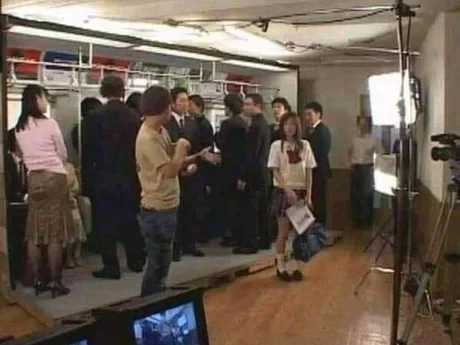
The Popularity of AV in Japan
AV isn’t just a form of entertainment in Japan; it’s a billion-dollar industry integrated into the culture. Its impact can be seen in media, fashion, and even societal norms. But how does it align with other parts of Japanese life?
Social Perception
In Japan, AV exists in a gray space. It’s highly visible yet operates under strict legal and societal rules. While openly discussing adult films may still be taboo in daily life, AV idols often receive celebrity-like recognition. Their success bridges adult entertainment with mainstream curiosity.
Industry Influence
Japan’s AV industry employs thousands, from directors to makeup artists, and fuels both domestic and international markets. Explore the history of Japanese adult videos here. Although censored, these films are major exports, contributing significantly to global perceptions of Japanese entertainment.
Niche Appeal
The AV industry thrives on creating highly specific content for Japan’s diverse population. The niches reflect the complex and, at times, misunderstood aspects of Japanese society. This diversity keeps the industry fresh and evolving.
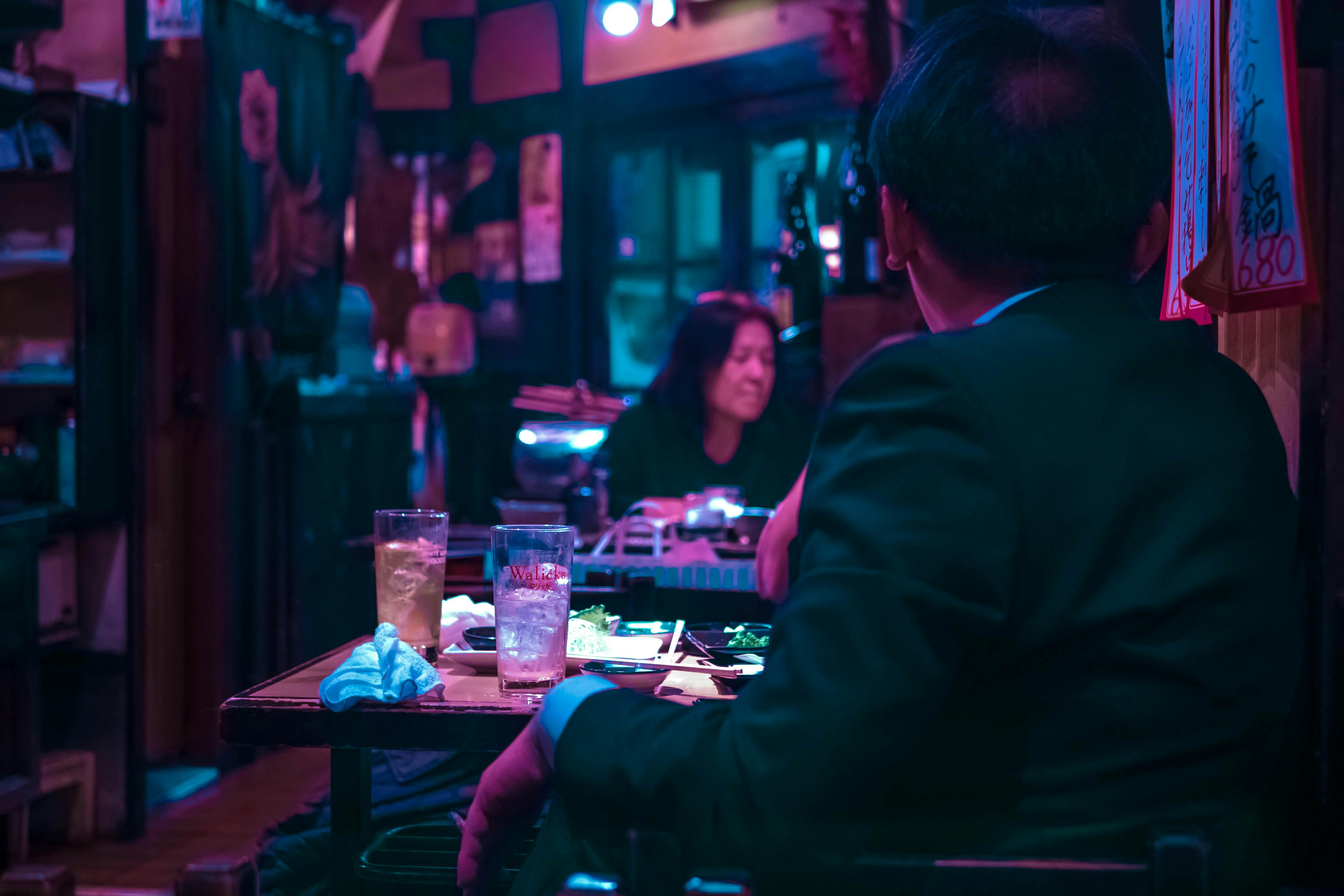 Photo by Alan W
Photo by Alan W
The interplay between strict censorship laws and mainstream popularity makes Japanese AV a fascinating cultural paradox. Its impact extends way beyond just adult entertainment, touching on societal views, global reputation, and more.
Why is Japanese Adult Video Censored? The Legal Basis
When it comes to Japanese adult videos (AV), censorship isn’t just a creative choice—it’s mandated by law. This stems from a combination of cultural norms and legal frameworks that have evolved over time. To understand why Japanese AV is censored, we need to unpack the laws, historical influences, and the creative ways producers work within these limitations.
Article 175 of the Japanese Penal Code
The cornerstone of AV censorship in Japan is Article 175 of the Japanese Penal Code. This obscure yet pivotal law categorizes certain explicit depictions as “obscene”—but what exactly does “obscene” mean in a legal sense? The law never fully defines it, leaving room for interpretation. As per Japan’s Penal Code, Article 175 explicitly prohibits the distribution, sale, or public display of obscene objects.
So, what does this mean for AV? Explicit depictions of genitalia fall squarely under this prohibition. Mosaic pixelation, the iconic censorship style, isn’t just a custom—it’s a legal workaround. The ambiguous nature of the law means the government and courts have significant power to determine what qualifies as obscene.
Critics argue that this interpretation is outdated, but it persists due to cultural and societal reluctance to overhaul the law. You can learn more about the complexities of Article 175 here.
Historical Context of Censorship
Censorship in Japan has deep historical roots, stretching back centuries. Strict moral codes dictated societal behaviors long before the AV industry even existed. The Meiji era (1868-1912) was a critical time for censorship laws, as Western-influenced reforms aimed to “modernize” Japan’s image by suppressing vulgarity. Over time, Article 175 emerged as a tool to regulate not only pornography but public morality as a whole.
Fast-forward to the post-war era, and the AV industry started gaining momentum. This coincided with stricter enforcement of obscenity laws. Although Japan’s Constitution guarantees freedom of expression, Article 175 has consistently overruled it in practice. The history of Japanese censorship demonstrates how societal values and government oversight have evolved together, shaping modern AV production.
Exceptions and Loopholes
For an industry that operates under such strict regulations, creativity plays a huge role in navigating constraints. While pixelation is the go-to method, producers have found alternative ways to toe the legal line:
- Foreign Distribution: Some companies host uncensored content on servers outside Japan, exploiting international jurisdictions.
- Innovative Censorship: Genitalia must be obscured, but the level of pixelation can vary. Some studios employ near-transparent mosaics, pushing the boundaries of the law.
- Legal Gray Areas: Certain suggestive acts or angles may bypass strict censorship by avoiding explicit focus on “prohibited” visuals.
Beyond these approaches, there’s a fascinating interplay between law and creators’ ingenuity. For example, some producers utilize creative loopholes to distribute “uncensored” content abroad while adhering to domestic laws.
Understanding these nuances highlights why Japanese AV is censored while remaining a globally recognized cultural export. The precarious balance between legal restrictions and artistic crafting makes this industry uniquely Japanese.
Cultural Influences Behind AV Censorship
Japan’s AV censorship isn’t just about following a set of legal rules. It’s deeply rooted in cultural values that emphasize modesty, tradition, and public perception. To truly grasp why Japanese adult videos are censored, we need to look at how societal attitudes and centuries-old beliefs impact this unique industry.
Shame and Modesty in Japanese Society
In Japanese culture, modesty and shame play a central role in shaping social behavior. Nudity is not inherently taboo—communal bathing, for example, is a long-standing tradition. However, public depictions of explicit sexual acts are viewed differently. These boundaries stem from a concept known as “haji” (shame), which regulates personal and collective behaviors to maintain social harmony.
While nudity may exist in normalized contexts such as onsen (hot springs), showcasing it in entertainment is seen as disrespectful to those moral values. Even AV content, though legal, must work within limits that align with broader cultural expectations. Censorship, including the use of mosaic pixelation, reflects Japanese society’s effort to balance adult material with an ongoing need for dignity and decorum. To delve deeper into this cultural context, this article on censorship in Japan provides valuable insight.
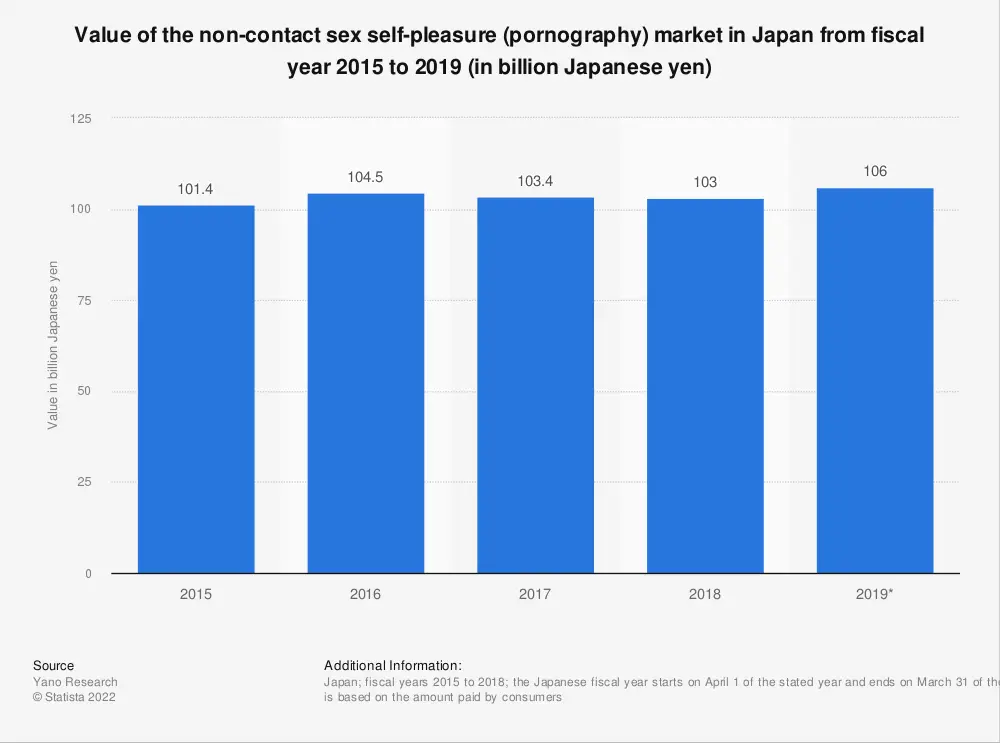
Traditional Views on Sexuality
Japan’s traditional views on sexuality are incredibly complex. Historically influenced by Shintoism and Buddhism, sexual expression wasn’t always bound by strict moral judgments. However, the Meiji Restoration (1868–1912) introduced Western ideals that began reshaping societal attitudes. Over time, sexuality became more privatized, and public displays were increasingly frowned upon.
Interestingly, Japanese media often portrays themes of intimacy and connection in subtle, artistic ways. The emphasis isn’t always on explicit content but rather on emotional and symbolic contexts. This framing aligns with traditional Japanese aesthetics, which prioritize indirectness over overt expression. How do these ideals affect AV censorship? It’s simple—pixelation and other forms of visual restraint align with these historical norms, where suggestion triumphs over full disclosure. Read more about these historical norms and influences here.
Public Perception of Adult Entertainment
Japanese society holds nuanced views on adult entertainment—AV is both widely consumed and culturally stigmatized. While AV idols are celebrated as mainstream celebrities, openly discussing AV consumption can still feel awkward in daily life. This gray area is key to understanding why censorship remains widely accepted.
The Japanese public tends to see censorship as a way to preserve social harmony. By obscuring explicit visuals, the content feels less confrontational and more “appropriate” for societal consumption, even if paradoxical. This duality means AV can thrive as a billion-dollar industry while still maintaining a degree of discretion.
Intriguingly, censorship doesn’t diminish the global popularity of Japanese AV. If anything, it adds a layer of mystery and distinction. For more information on Japanese views towards adult content, this deep dive into Japan’s adult industry offers fascinating observations.
Understanding these cultural influences uncovers much about why Japanese AV is censored and why it continues to be such a debated yet celebrated part of modern entertainment. The interplay between traditional values and a globalized marketplace reveals a unique cultural balancing act.
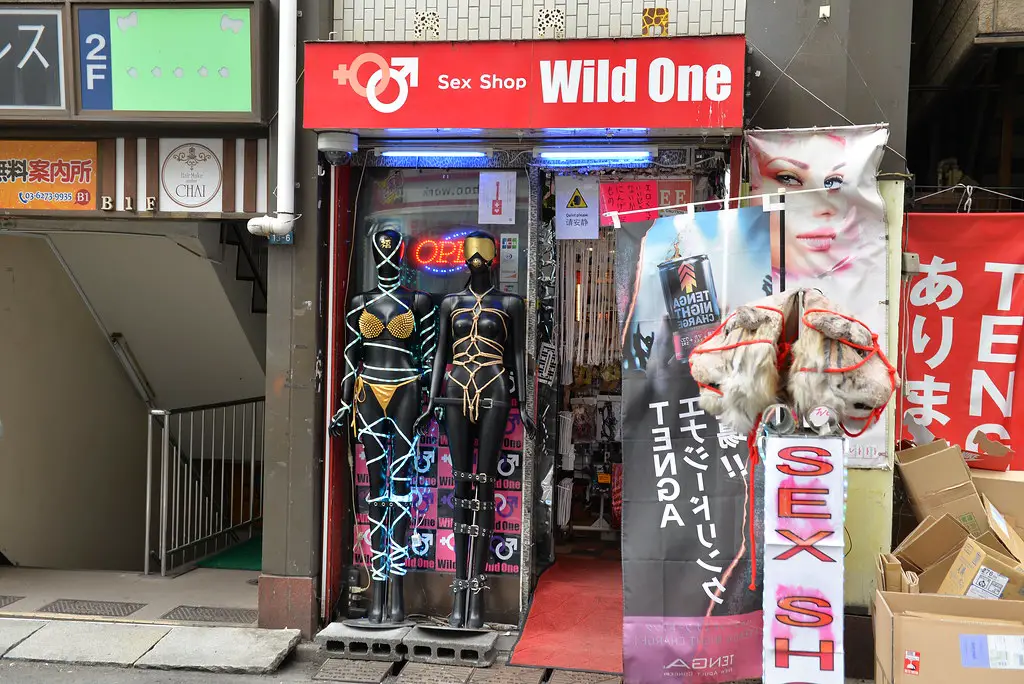
Technological Influence on AV Censorship
Technology has continuously shaped how censorship evolves, particularly in the Japanese adult video (AV) industry. The intersection of tech and adult content presents ethical and legal dilemmas, from innovations in censoring techniques to tools designed to bypass censorship. Additionally, the rise of online distribution platforms has challenged enforcing traditional censorship laws. Let’s break this down.
Evolution of Censorship Techniques
 Photo by Kyle Loftus
Photo by Kyle Loftus
The methods used to censor Japanese AV have come a long way. The iconic mosaic pixelation seen today wasn’t always the standard. Initially, censorship was achieved through film edits or physical blurs applied during post-production. These crude methods often left inconsistent results that producers worked hard to refine.
With the advent of digital technology, mosaic censorship became the industry standard. Pixelation offers a legally compliant way to obscure genitalia while maintaining the integrity of the surrounding video. Advances in video editing software now allow for highly precise pixelations that can be adjusted frame-by-frame.
Despite its legal necessity, pixelation is often criticized for being inconsistent. Early mosaics were heavy and obscured much of the content, but newer technology allows studios to create thinner mosaics, sometimes skirting the edge of legality. For a deeper look into Japan’s censorship evolution, this article on censorship in Japan provides insightful historical context.
The Rise of Depixelation Tools
As mosaic techniques have improved, so too have tools to reverse them. Depixelation software and AI tools are creating significant challenges for censorship enforcement. These technologies utilize machine learning to “guess” the obscured details under a mosaic.
AI-based tools, like deepfake generators, have become highly advanced, offering shockingly accurate results. For instance, deep learning algorithms enhance images by filling in the “gaps” with predicted content. While many of these tools originated in the realms of data restoration or forensics, they’ve been adapted for less reputable uses, raising ethical questions.
The rise of depixelation tools poses legal challenges. The use of such software often violates intellectual property laws and privacy standards. Governments, including Japan’s, are beginning to address these challenges. Enforcement, however, is tricky. For more on the ethical and legal implications, check out this analysis on the legal risks of AI manipulation tools.
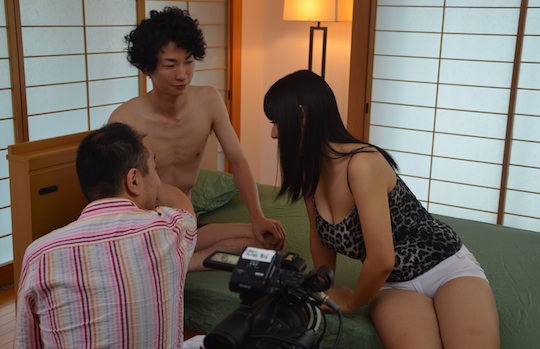
Effects of Online Distribution
The shift from physical media to online platforms has revolutionized how AV content is distributed and consumed. While it’s easier than ever for fans to access Japanese AV, the global nature of the internet introduces hurdles in maintaining censorship laws.
Streaming platforms and international hosting services often fall outside Japanese jurisdiction. This allows for uncensored Japanese AV to be uploaded and viewed globally. It’s not uncommon for production studios to choose offshore servers to legally distribute uncensored content under the guise of foreign laws.
On the flip side, globalization and online distribution also amplify cultural differences in censorship tolerance. Countries with less restrictive adult content laws can freely distribute uncensored Japanese AV, undermining Japan’s own censorship norms. For an in-depth perspective on how internet platforms have amplified these issues, read this analysis on how globalization challenges censorship.
Online distribution remains a double-edged sword. While it expands viewership and revenue streams, it also exposes creative content to challenges that censorship laws were originally designed to prevent. The interplay between legality, technology, and global reach continues to reshape how censorship is navigated in a digital era.
Comparing Japanese AV Censorship with Global Standards
Understanding the unique censorship practices in Japanese AV requires looking at how they differ from global standards. Whether in Western nations, neighboring Asian countries, or through global perceptions, Japanese AV’s approach to censorship reflects a distinctive legal and cultural framework.
Censorship Laws in Western Countries
Western nations generally have more lenient views on adult content, but their censorship often focuses on protecting specific groups like minors. For instance:
- In the United States, adult content is permitted but strictly regulated through age verification laws and content classification by organizations such as the MPAA.
- European countries are known for their more accepting stance toward pornography. However, age restrictions and appropriate labeling are mandated in many regions, like in the UK’s Digital Economy Act, which enforces age verification for online adult sites.
Meanwhile, Japan’s strict pixelation stems from an interpretation of obscenity outlined in Article 175 of its Penal Code. Unlike Western nations, the Japanese legal system doesn’t have clear definitions or classifications, which results in more conservative practices. Additionally, the absence of outright prohibitions in the West contrasts with Japan’s legally mandated censorship, making the latter more unique.
For a broader view, check out Internet Censorship by Country to see how laws differ globally.
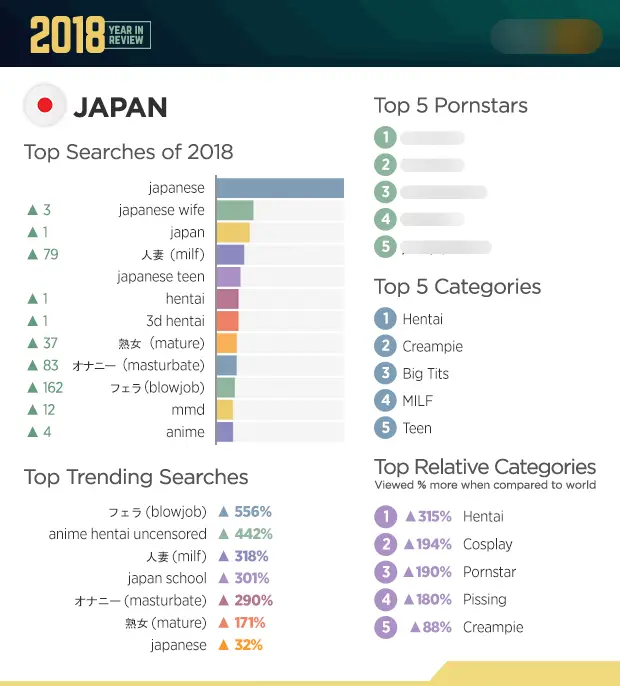
Neighboring Asian Countries’ Stance on Censorship
Censorship in other Asian nations often mirrors Japan’s moral strictness but with slight variations:
- In China, pornography is outright banned under its obscenity laws, as articulated in Internet Censorship in Asia. Online platforms hosting adult material are swiftly shut down, and violators face severe penalties.
- South Korea permits some erotic content but heavily monitors internet activity to block pornography websites. Similar to Japan, content creators operate under strict government scrutiny.
- In India, the publishing or transmission of pornographic material is illegal under Section 292 of the IPC; however, access to such material remains widespread due to minimal enforcement.
Comparatively, Japanese policies are more middle-ground, as explicit pornographic material can legally exist as long as censorship is applied. This balance appeals to cultural norms while also allowing industry growth, unlike the outright bans common in places like China.
For additional examples, explore Censorship Across Asia.

Global Reactions to Japanese AV Censorship
How does the world react to Japan’s mosaic pixelation? The answer is mixed and adds another layer of intrigue:
- International fans often express curiosity or frustration about the censorship, seeing it as unnecessary given global norms. Critics argue it detracts from an authentic viewing experience.
- Cultural allure: Some viewers feel the censorship adds to the “mystery” of Japanese AV, making it distinct from uncensored material found elsewhere.
- Misinterpretation of laws: Many people misunderstand why Japan censors AV, often attributing it to cultural conservatism alone, without realizing its basis in outdated legal codes.
Despite the criticism, Japan’s censored AV remains incredibly popular worldwide. Its artistic approach and unconventional themes continue to attract attention, proving that censorship doesn’t always limit success. For more insights on this, The Role of Censorship in Japanese AVs explains how these practices resonate internationally.
By comparing Japan’s practices with other nations, we see how its AV industry evolves within a global context. While Japan’s censorship might stand out, it’s this distinctiveness that feeds much of its allure and continued relevance.
The Future of AV Censorship in Japan
Japanese AV censorship is at a crossroads of cultural significance, legal constraints, and technological advancements. As times change, many wonder if censorship laws will adapt or dissolve under societal and technological pressures. Let’s explore key areas that could shape the future of AV censorship.
Pressure for Legal Reform
Japan’s legal instinct to heavily regulate explicit content stems from Article 175 of the Penal Code. However, calls for change are louder than ever. Younger generations, exposed to global norms, increasingly question the necessity of pixelated censorship that feels outdated in a digital world. But what could push lawmakers to introduce reforms?
- Changing Public Opinions: As Japan becomes more interconnected globally, norms around what’s deemed “obscene” evolve. Younger audiences are more likely to advocate for artistic freedom within AV content.
- Legal Ambiguity: Critics argue that Article 175’s undefined basis of “obscenity” leaves it open to modernization or reinterpretation. Learn about the evolution of AV legal censorship here.
- Economic Motivation: The AV industry contributes billions to Japan’s economy, and easing restrictions could provide opportunities for broader export markets unrestrained by censorship.
For now, societal habits and political caution maintain a steady grip on reform possibilities. But will shifting attitudes eventually demand legal clarity?
Impact of Emerging Technologies
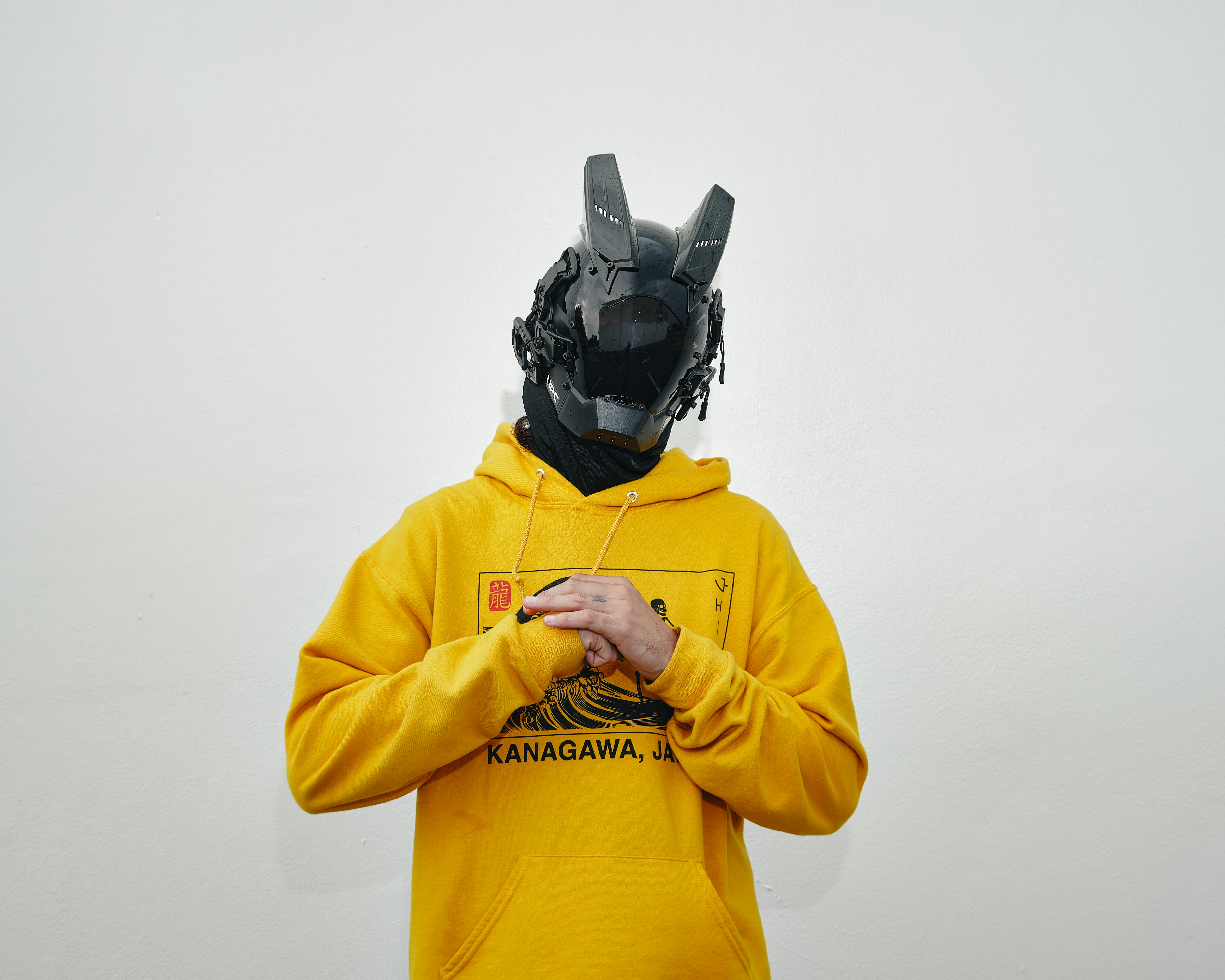 Photo by Christian V
Photo by Christian V
The rapid pace of technological change is a direct challenge to traditional censorship norms. With tools like AI-powered depixelation gaining popularity, keeping explicit content censored grows harder by the day. How might this technology affect the industry?
- AI and Depixelation Software: Platforms can virtually reconstruct censored areas using predictive algorithms. While marketed as tools for general image enhancement, many misuse them to break censorship barriers.
- Global Streaming Platforms: Japan’s AV studios increasingly distribute content via platforms outside Japanese jurisdiction. Countries without censorship laws encourage the spread of uncensored AV, further straining existing regulations. Dive deeper into the technological impact with Freedom on the Net 2024.
- Blockchain and Privacy Risks: Blockchain’s rise allows decentralized, anonymous hosting of explicit materials, which are harder to regulate or take down through conventional laws.
Technology outpaces legislation, but introducing countermeasures like stricter enforcement of AI misuse could be a future solution for Japan.
Globalization and Changing Perceptions
Japan’s AV industry exists within its unique cultural and legal bubble. Yet, globalization exposes it to new expectations and criticisms. Viewers in countries with fewer censorship restrictions often express frustration (or curiosity) about Japan’s pixelation practices. So, how does globalization influence change?
- International Markets: As uncensored versions of AV spread online to a global audience, producers may push for domestic regulations to align with international preferences. Explore globalization’s impact on censorship.
- Cultural Crossroads: While some view censorship as restrictive, others argue it maintains an “aesthetic style” unique to Japan’s creative approach. Opinions remain polarized.
- Content Localization: Adjusting AV content for international standards leads to a complex dance between satisfying global audiences and adhering to cultural roots.
Global influence gradually reshapes Japan’s AV industry, but whether these shifts will soften censorship laws is yet to be seen. The censorship debate, intertwined with cultural pride and external critique, is far from over.
Conclusion
Japanese AV censorship serves as a complex mix of legal necessity, cultural tradition, and societal values. Article 175 of the Japanese Penal Code enforces these rules, while cultural ideals of modesty further cement them. Although this approach might seem outdated in the digital age, it reflects Japan’s balancing act between free expression and preserving collective decorum.
This unique censorship has contributed to the global intrigue surrounding Japanese AV, defining it as distinct from adult content elsewhere. As technology challenges the enforcement of these laws and global influences grow, Japan faces critical questions about modernizing while respecting its roots.
What do you think about Japan’s approach to AV censorship? Share your thoughts and join the conversation.

